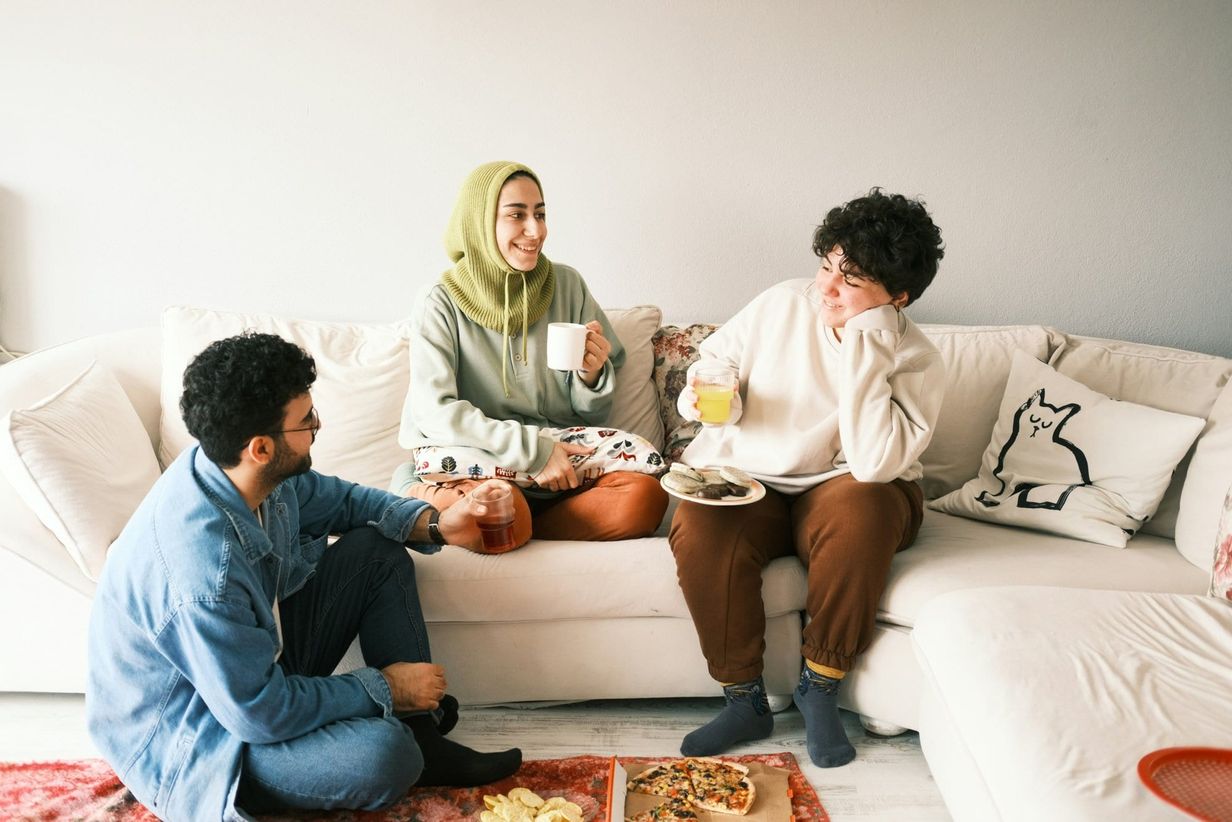Shared Ownership Pros and Cons

What are the benefits of Shared Ownership?
While Shared Ownership offers an alternative route to homeownership for buyers who are otherwise unable to buy on the open market, it’s always important for buyers to weigh up their options. Check out our Shared Ownership pros and cons to see if this is the right scheme for you!
Overview of Shared Ownership
Shared Ownership is an alternative homeownership scheme which gives first time buyers, and those that do not currently own a home, the opportunity to purchase a share in a new build or resales property.
Also referred to as part-buy part-rent, Shared Ownership allows buyers to purchase a share of a home – usually between 25% and 75%. However, this amount can vary depending on if you were to purchase through the new Shared Ownership model which allows initial shares of 10%.
Purchasers will pay a mortgage on the share that they own, and a below-market-value rent on the remainder to a housing association, along with any service charge and ground rent. As the purchaser only needs a mortgage for the share they own, the amount of money required for a deposit is often much lower compared to purchasing a property outright.
Check out if you’re eligible for Shared Ownership, or take a look at the costs associated with buying a part-buy part-rent home.
Pros of Shared Ownership
- Shared Ownership allows you to get on the property ladder as an owner-occupier, offering long-term stability without overstretching yourself.
- Deposits are generally lower than buying on the open market.
- Shared Ownership makes mortgages more accessible, even if you’re on a lower wage.
- Your monthly repayments can often work out cheaper than if you had an outright mortgage. The monthly payments are also generally lower than if you were to rent privately.
- You have the option to buy more shares of your home in the future via a process known as staircasing. In most cases, purchasers can staircase all the way to 100%, in which case they are no longer required to pay any rent, just their mortgage along with any relevant service charges and ground rent.
- You can sell the shares you own at any time.
- It is not normally necessary to pay Stamp Duty land tax on an initial purchase.
- As long as the rent is paid and mortgage repayments are made, you can live in the property for the duration of your lease – this is usually 99 or 125 years. Leaseholders may be able to organise an extension of their lease with the housing provider; we would recommend appointing a solicitor and surveyor with experience in this area.
Cons of Shared Ownership
- Not all lenders offer mortgages for Shared Ownership, however the majority will.
- You have to pay 100% of the ground rent and service charge on your property, however low your share is.
- You will have to pay Stamp Duty on the whole value of the property when your owned share equals or exceeds 80%.
- Shared Ownership properties are sold on a leasehold basis; leasehold ownership is a long tenancy where your lease will give you the right to occupy and use the home for a longer period. The term of the lease will be fixed at the very beginning, decreasing in length each year, and the home can be bought or sold during that time.
- All apartments, regardless of tenure, will be sold on a leasehold basis. However, some houses can become freehold after staircasing to 100%; this would need to be agreed with the relevant housing provider.
- While you’re free to decorate internally, there may be restrictions on what home improvements you can do. You may need to obtain permission from the relevant housing provider before you make any structural alterations to your home.